Setting up a freshwater aquarium can be exciting, but keeping it clean requires the right cleanup crew. Freshwater bottom feeders are nature’s vacuum cleaners, working tirelessly at the bottom of the tank to keep your aquatic environment healthy and beautiful. These amazing bottom dwellers help maintain water quality by eating leftover food and algae that other fish miss.
Why Freshwater Bottom Feeders Are Essential for Your Aquarium
Freshwater bottom-feeding fish serve as excellent aquarium cleaners in any community tank. They spend most of their time at the bottom of the aquarium, searching for food particles and helping with aquarium maintenance. These peaceful fish make a great addition to most freshwater fish tank setups because they rarely show aggressive behavior toward other tank mates.
The best bottom feeder fish species not only help keep your tank clean but also add interesting activity to the lower levels of your aquarium. Most of these fish species are nocturnal fish, becoming more active during evening hours when they search for plant matter and debris.
Top 15 Best Bottom Feeder Fish for Your Tank
1. Cory Catfish (Corydoras Catfish)
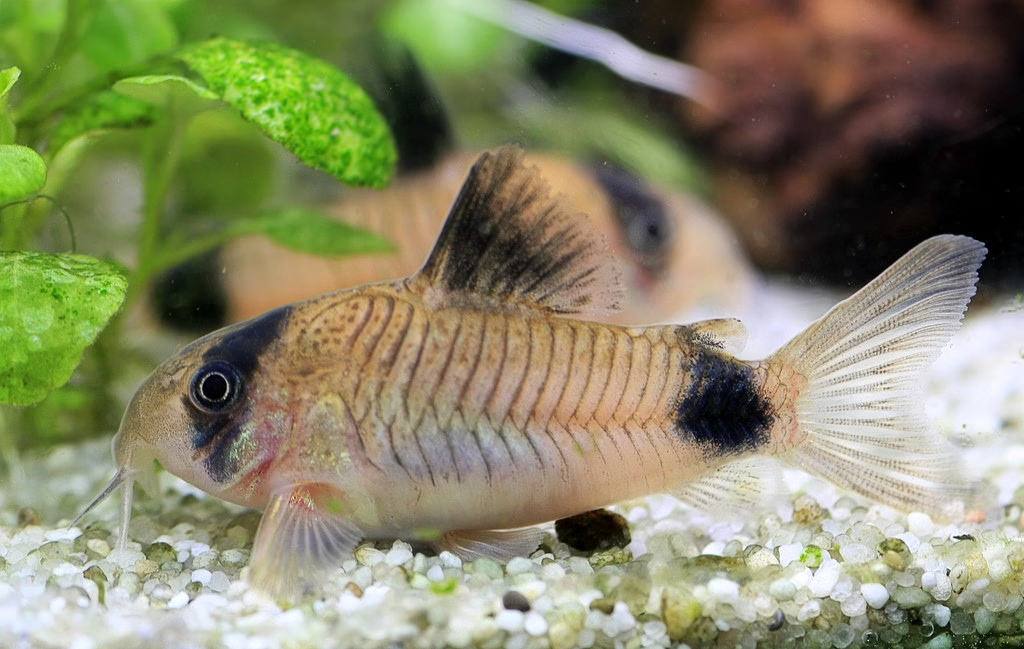
Cory catfish are among the most popular bottom feeder choices for any aquarium. These small fish have a peaceful nature and work well in a small group of three to six individuals. Cory cats have whiskers that help them find food in the substrate, and their small size makes them perfect for most tank setups.
Tank Requirements:
The 9 Best Bottom Feeder Fish For Your Aquarium
2. Bristlenose Pleco
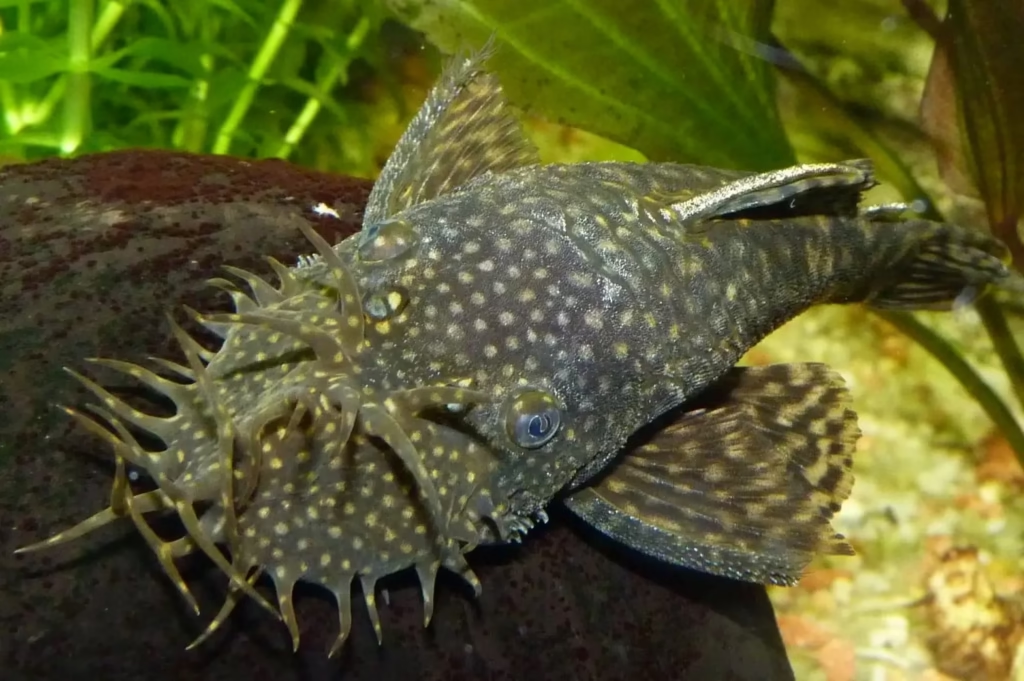
The Bristlenose Pleco is a fantastic sucker mouth catfish that stays much smaller than the common pleco. These bottom dwellers are excellent at eating algae and make a good choice for beginners. Their unique body shape and distinctive bristles on their nose make them easy to identify.
Tank Requirements:
- Minimum tank size: 25 gallons
- Water temperature: 73-81°F
- Life span: 10-15 years
3. Kuhli Loach

The Kuhli Loach looks like a small eel and loves to hide among aquatic plants and decorations. These bottom-feeding fish are very peaceful and add interesting movement to the bottom of your tank. They prefer to live in groups and are most active at night.
Tank Requirements:
- Minimum tank size: 20 gallons
- Water temperature: 75-86°F
- Life span: 10-14 years
4. Otocinclus Catfish
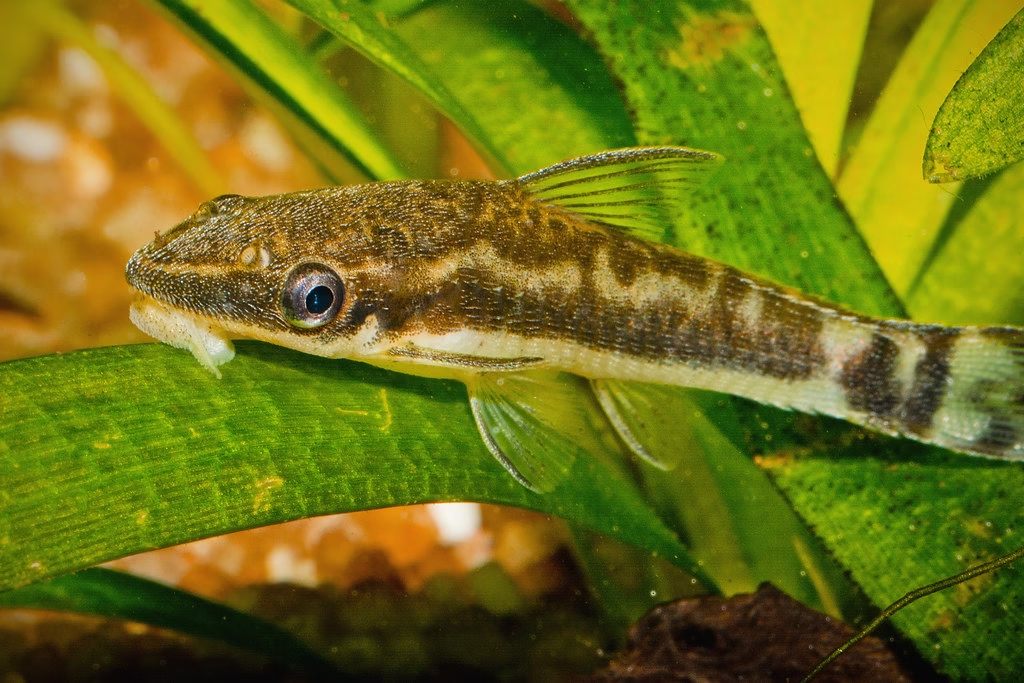
Often called “Otos,” these tiny algae eaters are perfect for smaller tanks. Otocinclus catfish are some of the best algae-eating fish available and won’t harm your aquatic plants. They work well as part of a larger cleanup crew.
Tank Requirements:
- Minimum tank size: 10 gallons
- Water temperature: 72-79°F
- Life span: 3-5 years
5. Clown Loach
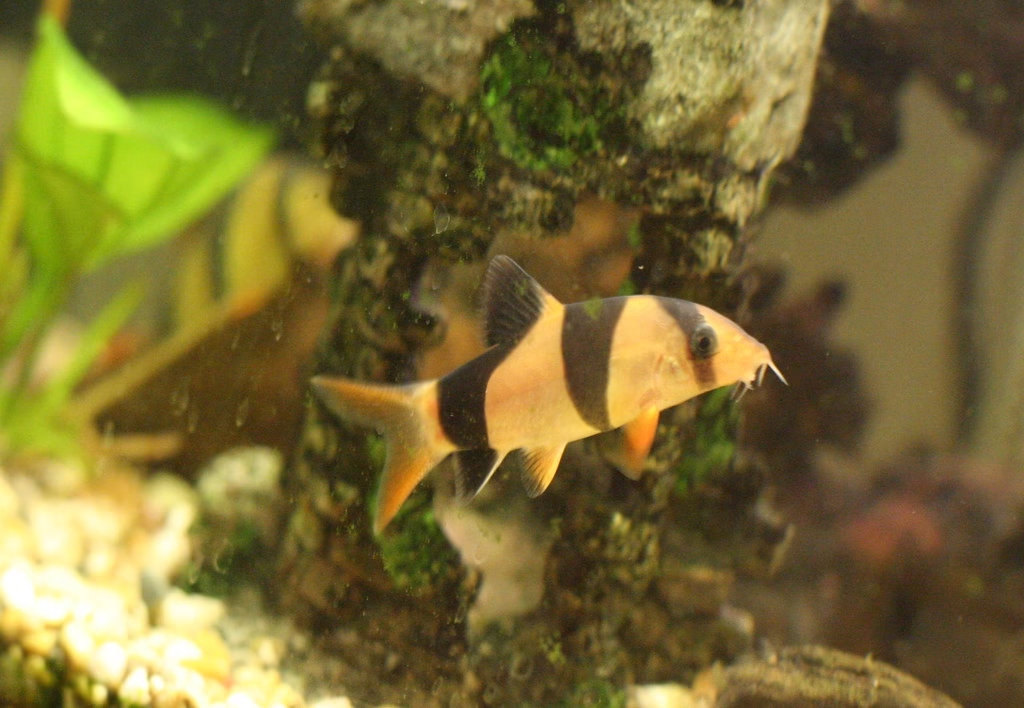
The Clown Loach is a colorful and active bottom feeder that grows quite large. These community fish are known for their playful behavior and distinctive orange and black stripes. They do best in groups and need plenty of space to swim.
Tank Requirements:
- Minimum tank size: 75 gallons
- Water temperature: 78-86°F
- Life span: 10-20 years
6. Siamese Algae Eater

True Siamese algae eaters are excellent at controlling algae growth in freshwater aquarium fish tanks. They’re active swimmers that will eat various types of algae, including the tough black brush algae that other fish won’t touch.
Tank Requirements:
- Minimum tank size: 30 gallons
- Water temperature: 75-79°F
- Life span: 8-10 years
7. Zebra Loach
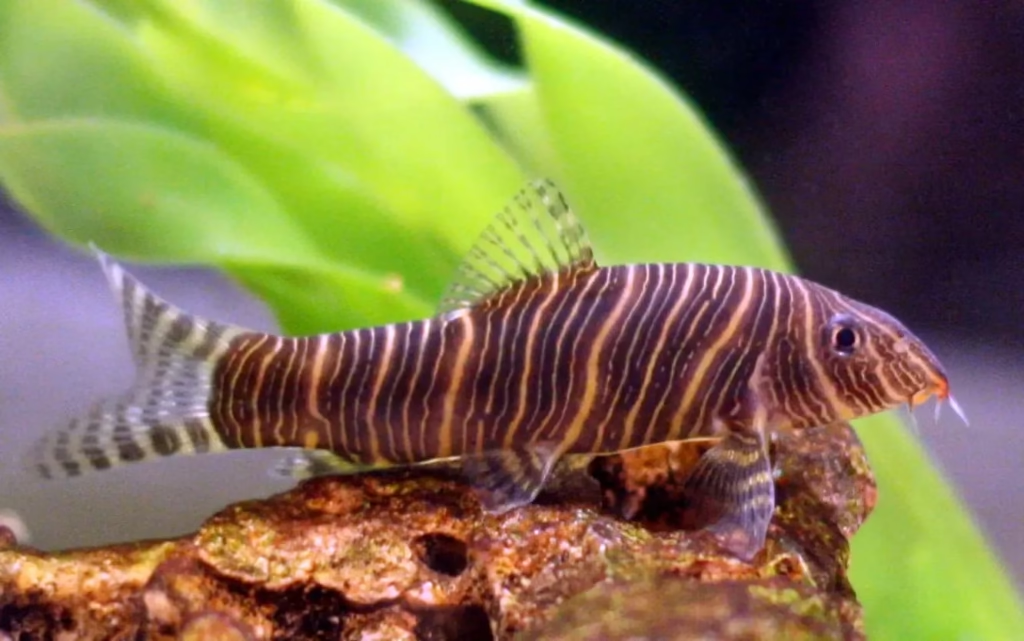
The Zebra Loach is an attractive bottom dweller with distinctive black and white stripes. These fish are great for community tanks and help control snail populations. They’re active during the day, unlike many other types of fish that prefer the bottom.
Tank Requirements:
- Minimum tank size: 30 gallons
- Water temperature: 73-79°F
- Life span: 8-15 years
8. Yoyo Loach

Named for the “yo-yo” pattern on their sides, these loaches are excellent bottom feeders for larger tanks. They’re known for their playful behavior and ability to control snail populations. Yoyo loaches are social and do best in groups.
Tank Requirements:
- Minimum tank size: 40 gallons
- Water temperature: 75-86°F
- Life span: 12-16 years
9. Twig Catfish
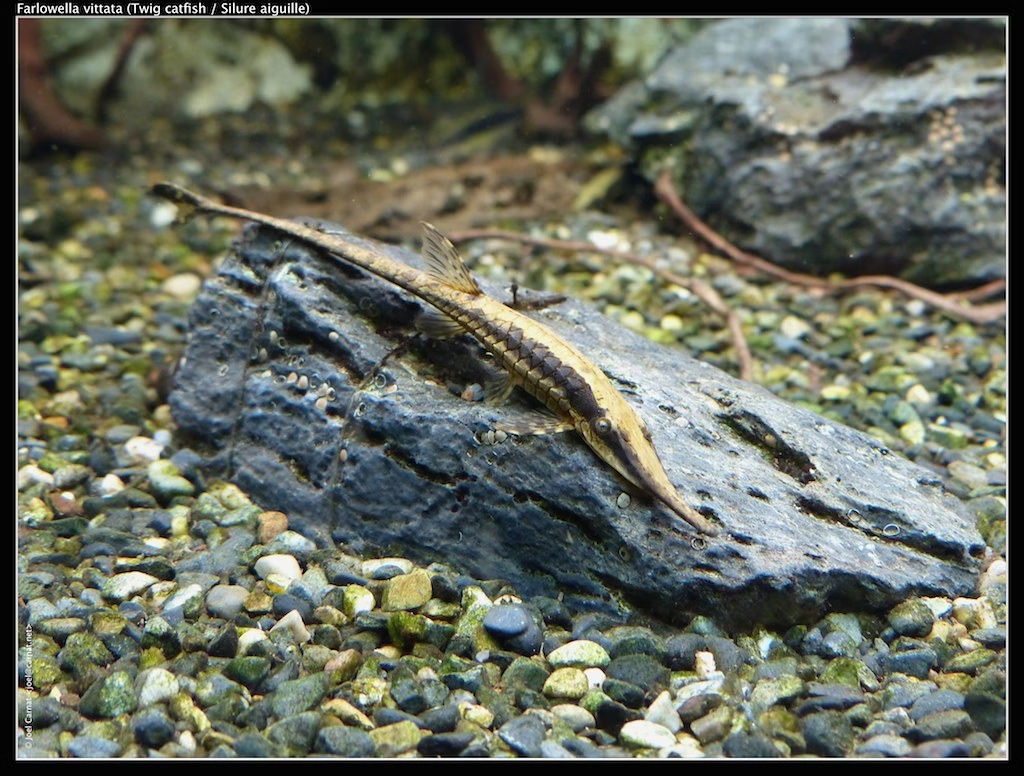
The Twig Catfish has an unusual appearance that resembles a piece of driftwood. These unique bottom dwellers are peaceful and excellent at eating algae. Their camouflage helps them blend into their aquatic environment perfectly.
Tank Requirements:
- Minimum tank size: 35 gallons
- Water temperature: 73-79°F
- Life span: 8-12 years
10. Pygmy Cory (Pygmy Corydoras)
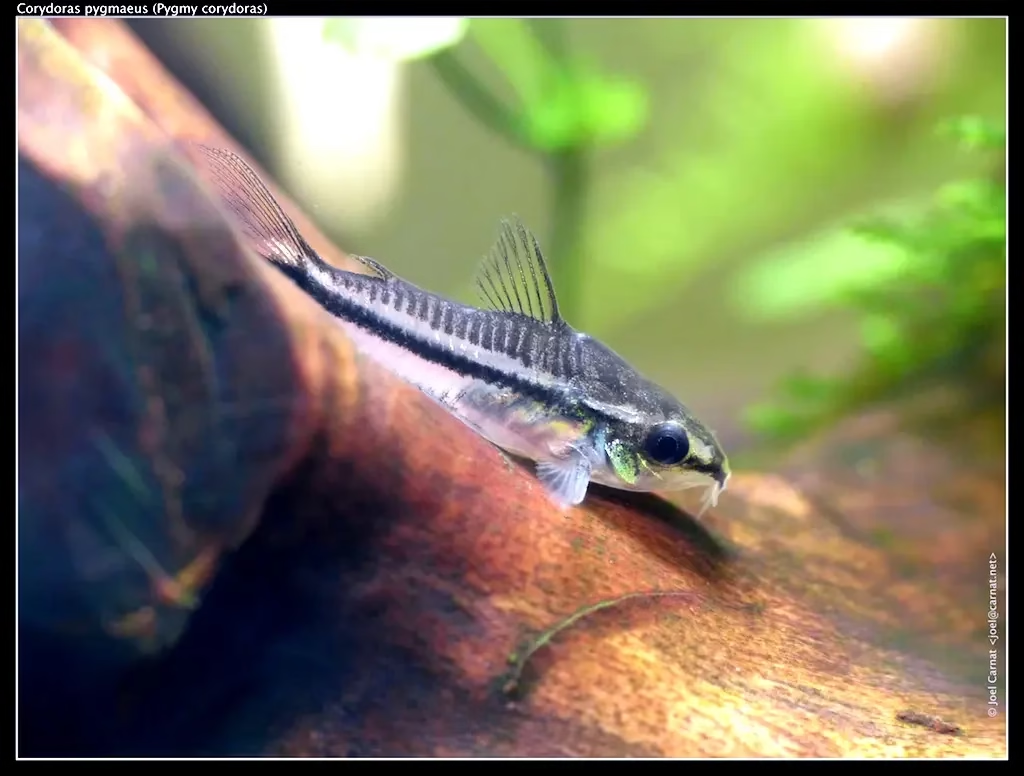
The Pygmy Cory is the smallest member of the Corydoras family. These tiny bottom feeders are perfect for nano tanks and schooling setups. Despite their small size, they’re efficient cleaners and very peaceful community fish.
Tank Requirements:
- Minimum tank size: 10 gallons
- Water temperature: 72-79°F
- Life span: 4-8 years
11. Mystery Snail
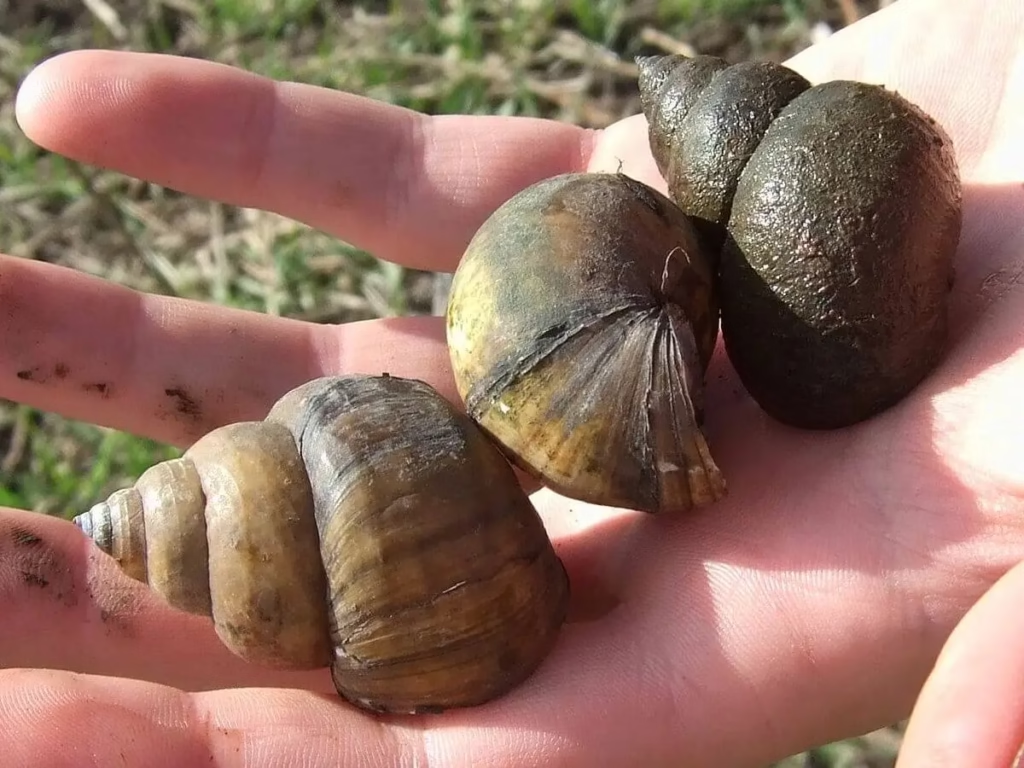
While not technically a fish, mystery snails are excellent bottom dwellers that help keep tanks clean. These freshwater snails eat algae, dead plant matter, and leftover fish food. They’re easy to care for and come in many beautiful colors.
Tank Requirements:
- Minimum tank size: 5 gallons
- Water temperature: 68-82°F
- Life span: 1-2 years
12. Nerite Snails
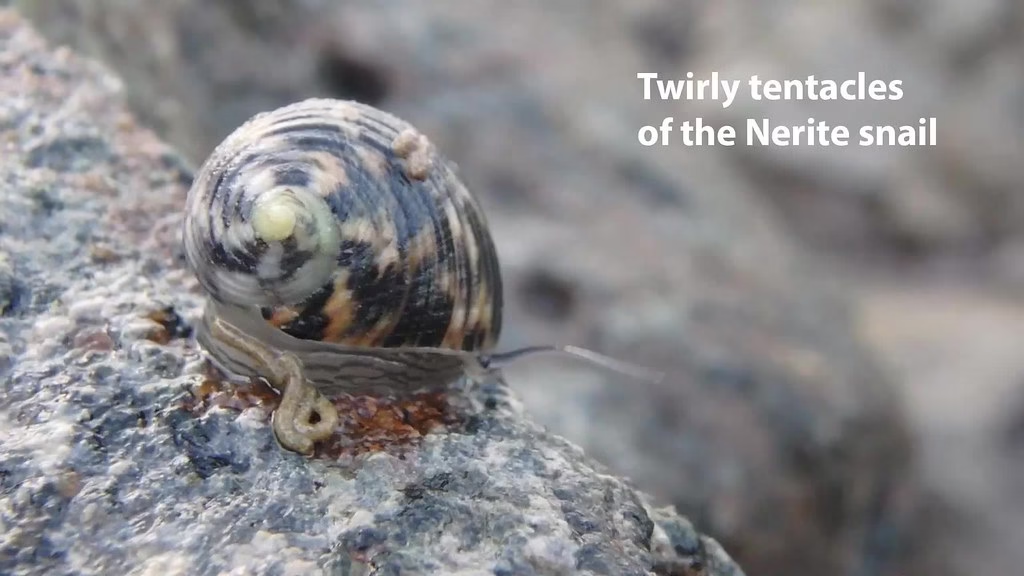
Nerite snails are some of the best algae-eating invertebrates for freshwater tanks. Unlike other freshwater snails, they won’t reproduce in fresh water, so you don’t have to worry about population explosions. They work tirelessly to keep glass and decorations clean.
Tank Requirements:
- Can also live in brackish water
- Water temperature: 65-85°F
- Life span: 1-2 years
13. Apple Snails

Apple snails are larger freshwater snails that make interesting additions to community tanks. They eat various foods including algae, dead plants, and fish food. These aquatic animals are easy to care for and help maintain the food chain balance.
Tank Requirements:
- Minimum tank size: 10 gallons
- Water temperature: 65-82°F
- Life span: 1-4 years
14. Freshwater Shrimp
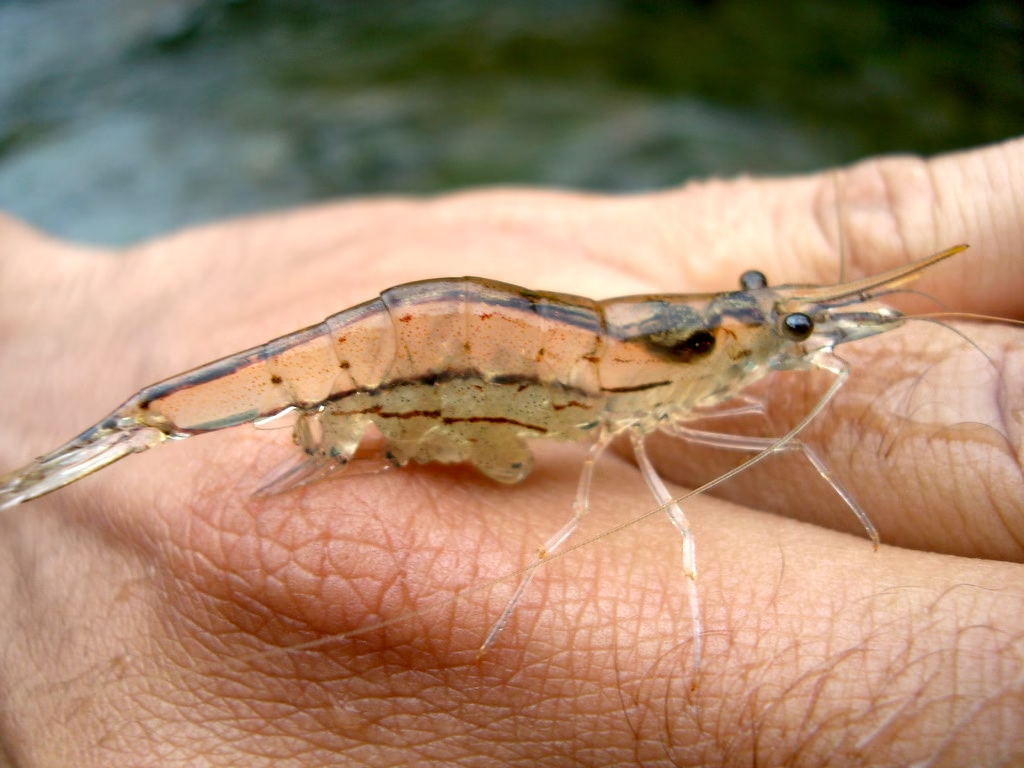
Different types of freshwater shrimp, like Cherry Shrimp and Amano Shrimp, are excellent cleaners for planted tanks. These small invertebrates eat algae, biofilm, and leftover food without harming aquatic plants.
Tank Requirements:
- Minimum tank size: 5 gallons
- Water temperature: 65-78°F
- Life span: 1-2 years
15. Hypostomus Plecostomus (Common Pleco)
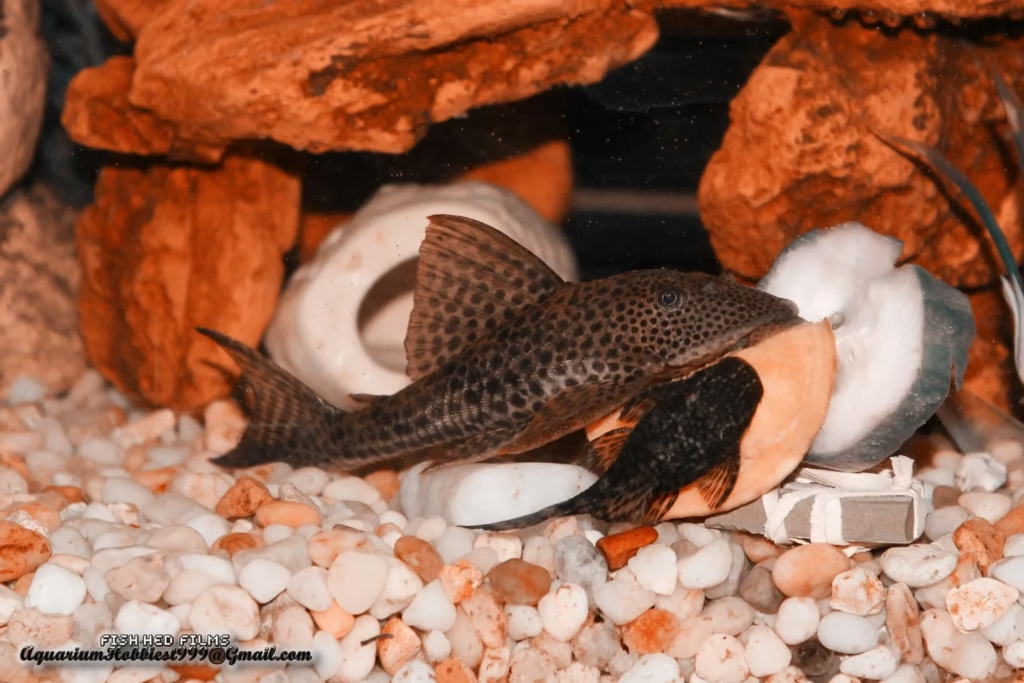
The scientific name for the common pleco is Hypostomus plecostomus. While they start small at the fish store, these fish grow very large and need substantial tank space. They’re powerful algae eaters but require careful consideration due to their size.
Tank Requirements:
- Minimum tank size: 100+ gallons
- Water temperature: 72-86°F
- Life span: 15-20 years
Feeding Your Bottom Feeders
Most bottom feeders will eat various foods, but supplementing with sinking pellets ensures they get proper nutrition. Shrimp pellets and API bottom feeder pellets are excellent choices. Some species also need fresh vegetables or driftwood to rasp on.
Setting Up the Perfect Environment
When creating the ideal habitat for your bottom dwellers, consider these important factors:
Water Parameters: Regular water changes help maintain stable water parameters. Most bottom feeders prefer slightly acidic to neutral water conditions.
Tank Setup: Provide plenty of hiding spots using caves, driftwood, and plants. A soft substrate protects fish with sensitive barbels.
Lighting: Since many bottom feeders are more active at night, they don’t require intense lighting.
Care Guides and Maintenance Tips
Successful fishkeeping with bottom feeders requires understanding their specific needs. Most are hardy fish that adapt well to different aquarium environments, but they still need proper care.
Regular aquarium maintenance includes:
- Weekly water changes of 25-30%
- Testing water quality regularly
- Cleaning the substrate during water changes
- Providing appropriate fish food for all species
Choosing the Right Bottom Feeder for Your Tank
When selecting bottom feeders from your local fish store, consider your tank’s current inhabitants and available space. Some larger fish may see very small bottom feeders as food, while others work perfectly in any community tank setup.
The type of bottom feeder you choose should match your tank’s size and the other species of fish you keep. Research each fish’s specific needs and ensure you can provide the proper care throughout their entire life span.
Conclusion
Bottom feeder fish play a crucial role in maintaining a healthy freshwater fish tank. From the popular Cory catfish to the industrious Bristlenose Pleco, these amazing aquatic animals offer both practical benefits and interesting behaviors that enhance any aquarium setup.
Whether you’re looking for efficient algae control, help with cleaning leftover food, or simply want to add more activity to the lower levels of your tank, there’s a perfect bottom feeder species for your needs. Remember to research each species thoroughly and provide appropriate care guides to ensure your new aquatic friends thrive in their new home.
With proper planning and care, these wonderful bottom dwellers will keep your aquarium clean while providing years of enjoyment for aquarium enthusiasts of all experience levels.
